A Colorful Moon The Moon Is Normally Seen In Subtle Shades Of Grey Or Yellow. But Small, Measurable Color

A Colorful Moon The Moon is normally seen in subtle shades of grey or yellow. But small, measurable color differences have been greatly exaggerated to make this telescopic, multicolored, moonscape captured during the Moon’s full phase. The different colors are recognized to correspond to real differences in the chemical makeup of the lunar surface. Blue hues reveal titanium rich areas while orange and purple colors show regions relatively poor in titanium and iron. The familiar Sea of Tranquility, or Mare Tranquillitatis, is the blue area in the upper right corner of the frame. White lines radiate across the orange-hued southern lunar highlands from 85 kilometer wide ray crater Tycho at bottom left. Above it, darker rays from crater Copernicus extend into the Sea of Rains (Mare Imbrium) at the upper left. Calibrated by rock samples from the Apollo missions, similar multicolor images from spacecraft have been used to explore the Moon’s global surface composition. Image Credit & Copyright: László Francsics
More Posts from Epic-flight and Others
USS Harry S. Truman Strike Group Flyover
The U.S. Navy Flight Demonstration Squadron, the Blue Angels, flew over Nimitz-class aircraft carrier, USS Harry S. Truman (CVN 75), on a return transit to Naval Air Station Pensacola following their annual flight over the U.S. Naval Academy commissioning ceremony May 20, 2020. The Harry S. Truman Carrier Strike Group (HSTCSG) remains at sea in the Atlantic as a certified carrier strike group force ready for tasking in order to protect the crew from the risks posed by COVID-19, following their successful deployment to the U.S. 5th and 6th Fleet areas of operation. (U.S. Navy video by Petty Officer 2nd Class Cody Hendrix)

Andrey Khrzhanovskiy, Butterfy, 1972

USS Sulaco Military Starship
Movie: Aliens UI Design: Fantasy II Film Effects, L.A. Effects Group, Stan Winston Studio

Starbright.
Twitter / Instagram / Gumroad / Patreon
KnownOrigin / SuperRare / OBJKT /Zedge
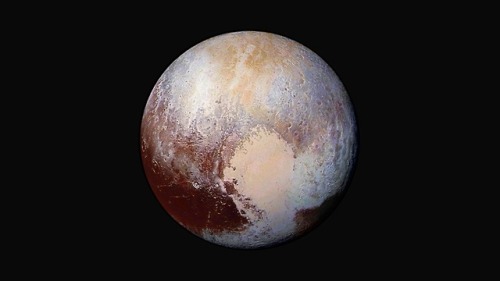

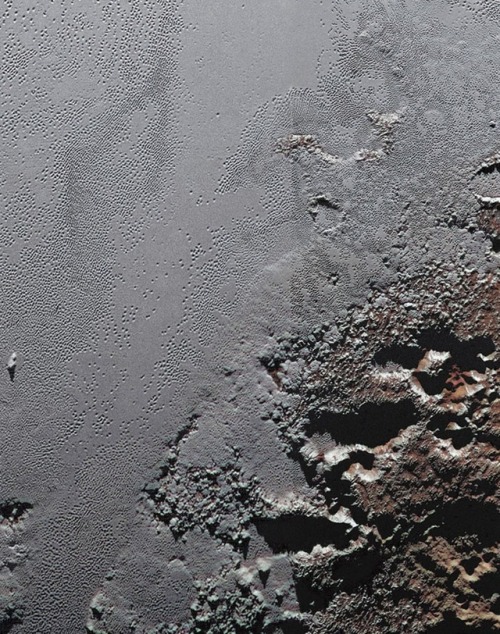
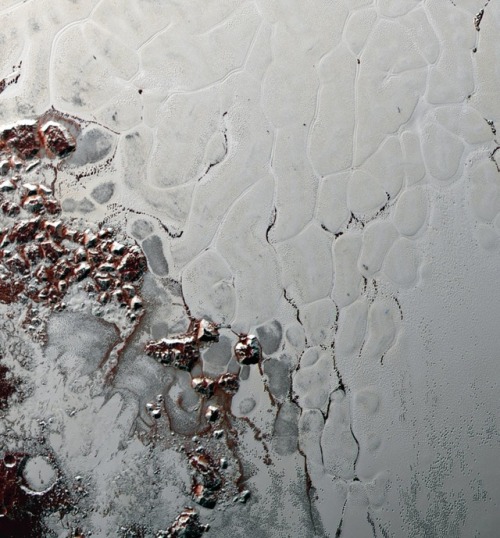
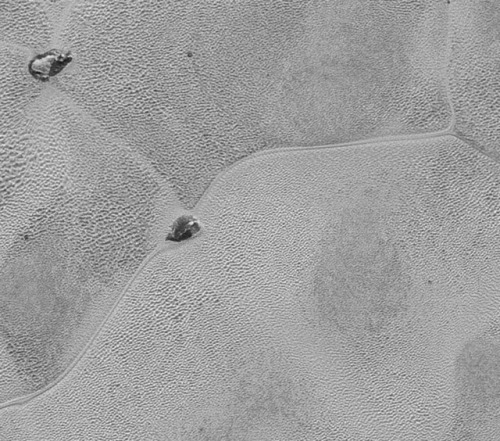
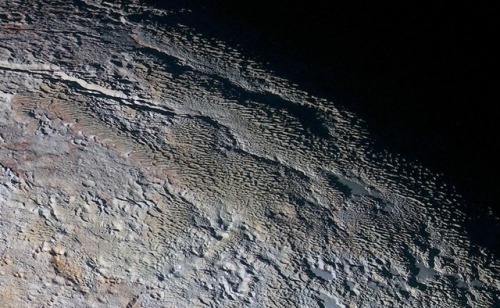
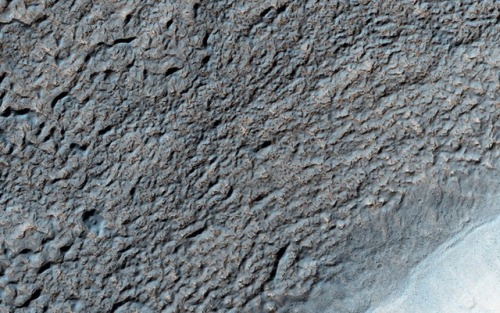
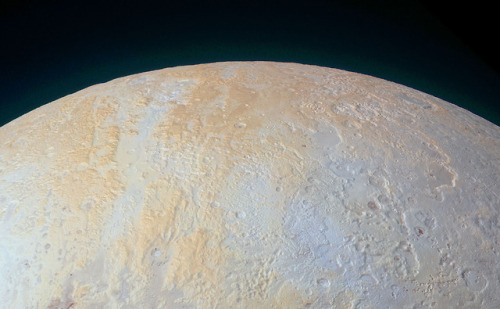
High-resolution images of Pluto taken by NASA’s New Horizons spacecraft.
The plains on Pluto’s surface are composed of more than 98 percent nitrogen ice, with traces of methane and carbon monoxide. Nitrogen and carbon monoxide are most abundant on the anti-Charon face of Pluto (around 180° longitude, where Tombaugh Regio’s western lobe, Sputnik Planitia, is located), whereas methane is most abundant near 300° east. The mountains are made of water ice. Pluto’s surface is quite varied, with large differences in both brightness and color. Pluto is one of the most contrastive bodies in the Solar System, with as much contrast as Saturn’s moon Iapetus. The color varies from charcoal black, to dark orange and white. Pluto’s color is more similar to that of Io with slightly more orange and significantly less red than Mars. Notable geographical features include Tombaugh Regio, or the “Heart” (a large bright area on the side opposite Charon), Cthulhu Macula, or the “Whale” (a large dark area on the trailing hemisphere), and the “Brass Knuckles” (a series of equatorial dark areas on the leading hemisphere). Sputnik Planitia, the western lobe of the “Heart”, is a 1,000 km-wide basin of frozen nitrogen and carbon monoxide ices, divided into polygonal cells, which are interpreted as convection cells that carry floating blocks of water ice crust and sublimation pits towards their margins; there are obvious signs of glacial flows both into and out of the basin. It has no craters that were visible to New Horizons, indicating that its surface is less than 10 million years old.
source | images: NASA/JPL

Mountain Lake - 210408

'plane-view'








Consolidator-class Corps Assault Ship - Ansel Hsiao

ArtStation - Halo Warfleet - book cover, by sparth .
-
 epic-flight reblogged this · 4 years ago
epic-flight reblogged this · 4 years ago -
 tigriswolf reblogged this · 7 years ago
tigriswolf reblogged this · 7 years ago -
 iamtoolazytothinkofagoodblogname liked this · 7 years ago
iamtoolazytothinkofagoodblogname liked this · 7 years ago -
 imtoolazytothinkofagoodblog-blog reblogged this · 7 years ago
imtoolazytothinkofagoodblog-blog reblogged this · 7 years ago -
 katiekodani reblogged this · 10 years ago
katiekodani reblogged this · 10 years ago -
 b1te-down reblogged this · 10 years ago
b1te-down reblogged this · 10 years ago -
 astrouniverse reblogged this · 10 years ago
astrouniverse reblogged this · 10 years ago -
 differentkingkingdom liked this · 10 years ago
differentkingkingdom liked this · 10 years ago -
 forest-of-dreams24-blog reblogged this · 10 years ago
forest-of-dreams24-blog reblogged this · 10 years ago -
 big-bonsai liked this · 10 years ago
big-bonsai liked this · 10 years ago -
 tripatorium reblogged this · 10 years ago
tripatorium reblogged this · 10 years ago -
 kaleidescopespacetribee-blog reblogged this · 10 years ago
kaleidescopespacetribee-blog reblogged this · 10 years ago -
 vajohna liked this · 10 years ago
vajohna liked this · 10 years ago -
 taiyolo reblogged this · 10 years ago
taiyolo reblogged this · 10 years ago -
 cmxsaber liked this · 10 years ago
cmxsaber liked this · 10 years ago -
 genericweedname reblogged this · 10 years ago
genericweedname reblogged this · 10 years ago -
 hrpoetry reblogged this · 10 years ago
hrpoetry reblogged this · 10 years ago -
 nicktroberts reblogged this · 10 years ago
nicktroberts reblogged this · 10 years ago -
 andrea-aka-jackie liked this · 10 years ago
andrea-aka-jackie liked this · 10 years ago -
 evighetensord-blog liked this · 10 years ago
evighetensord-blog liked this · 10 years ago -
 ivangosk8 liked this · 10 years ago
ivangosk8 liked this · 10 years ago -
 stardazednconfused liked this · 10 years ago
stardazednconfused liked this · 10 years ago -
 unhappymafia liked this · 10 years ago
unhappymafia liked this · 10 years ago -
 untitledforareason13 reblogged this · 10 years ago
untitledforareason13 reblogged this · 10 years ago -
 souljahsynergy reblogged this · 10 years ago
souljahsynergy reblogged this · 10 years ago -
 fairytale-palace reblogged this · 10 years ago
fairytale-palace reblogged this · 10 years ago -
 i-wanna-fly-take-me-far-away reblogged this · 10 years ago
i-wanna-fly-take-me-far-away reblogged this · 10 years ago
